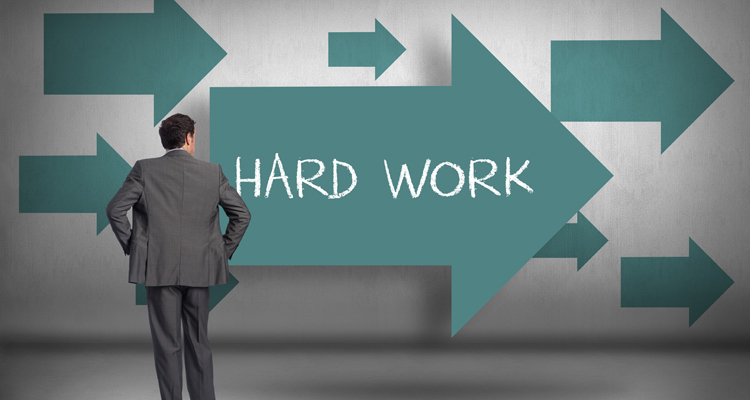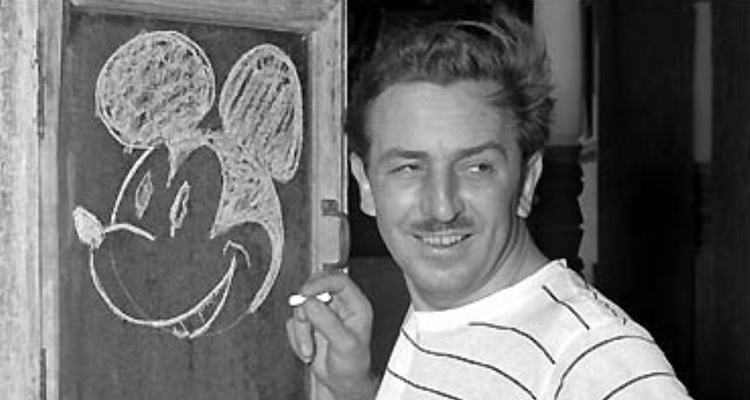Many of us suffer from the most common health problems plaguing society: High Blood Pressure, Acid Reflux, High Cholesterol, Osteoarthritis, Arthritis, Diabetes/Sugar Regulation Issues, Fatigue, Osteoporosis, Joint Aches and Pains, and Being Overweight/Obesity, etc.
It seems barbaric that we have to go to gym or fitness center and walk in place on treadmills, like hamsters on wheels, just to get moving. Years ago we used to work on farms feeding and raising livestock and or tobacco. We used to do chores like washing our own laundry by hand then hanging it on the clothes line. We used to NOT have TV and Video Games so we would have to play outside using our imagination. I am only 34-years-old, but when I was little I played outside a lot, ran around, and did some chores too. But then came the VCR, video games, and driving, which led to less running, playing, and riding bikes.
Nowadays to burn calories and strengthen muscles we must go to a gym down the street, Virginia Bootcamp, hire an experienced personal trainer like myself, or workout in our basement and push weights, stretch rubber bands, or do crunches on large blown-up bouncing balls. Those who really have active jobs or play sports are in far better condition than the majority of people. Many people are lazy today and would rather drive everywhere than walk, or reach through a window at a fast food restaurant to get food rather than prepare it ourselves, or turn on the TV and sit for hours instead of playing with our kids outside in the yard.
Exercise is so very beneficial for our bodies. YES we need it to lead a healthy and productive lifestyle. Below are some benefits I copied from an article in my database from the International Sports Sciences Association.
Here is a quick list of the most important ways Exercise helps us Physically, Emotionally, and Mentally:
Allergies – Exercise is one of the body’s most efficient ways to control nasal congestion (and the accompanying discomfort of restricted nasal blood flow).
Angina – Regular aerobic exercise dilates vessels, increasing blood flow— thereby improving your body’s ability to extract oxygen from the bloodstream.
Anxiety – Exercise triggers the release of mood-altering chemicals in the brain.
Arthritis – By forcing a skeletal joint to move, exercise induces the manufacture of synovial fluid and helps to distribute it over the cartilage and to force it to circulate throughout the joint space.
Back Pain – Exercise helps to both strengthen the abdominal muscles and the lower back extensor muscles and stretch the hamstring muscles.
Bursitis and Tendonitis – Exercise can strengthen the tendons— enabling them to handle greater loads without being injured.
Cancer – Exercise helps you maintain your ideal body weight and helps keep your level of body fat to a minimum.
Carpal Tunnel Syndrome – Exercise helps build up the muscles in your wrists and forearms— thereby reducing the stress on your arms, elbows, and hands.
Cholesterol – Exercise will raise your level of HDL (the “good” cholesterol) in the blood and help lower your level of LDL— the undesirable lipoprotein.
Constipation – Exercise helps strengthen the abdominal muscles, thereby making it easier to pass a stool.
Depression – Exercise helps speed metabolism and deliver more oxygen to the brain; the improved level of circulation in the brain tends to enhance your mood.
Diabetes – Exercise helps lower excess blood sugar levels, strengthen your muscles and heart, improve your circulation, and reduce stress.
Fatigue – Exercise can help alleviate the fatigue-causing effects of stress, poor circulation and blood oxygenation, bad posture, and poor breathing habits.
Glaucoma – Exercise helps relieve intraocular hypertension— the pressure buildup on the eyeball that heralds the onset of glaucoma.
Headaches – Exercise helps force the brain to secrete more of the body’s opiate-like, pain-dampening chemicals (e.g., endorphins and enkephalins).
Heart Disease – Exercise helps promote many changes that collectively lower your risk of heart disease— a decrease in body fat, a decrease in LDL, an increase in the efficiency of the heart and lungs, a decrease in blood pressure, and a lowered heart rate.
High Blood Pressure – Exercise reduces the level of stress-related chemicals in the bloodstream that constrict arteries and veins, increases the release of endorphins, raises the level of HDL in the bloodstream, lowers your resting heart rate (over time), improves the responsiveness of your blood vessels (over time), and helps reduce your blood pressure by keeping you leaner.
Insomnia – Exercise helps reduce muscular tension and stress.
Intermittent Claudication – Exercise helps improve peripheral circulation and increase your ability to tolerate pain.
Knee Problems – Exercise helps strengthen the structures attendant to the knee— muscles, tendons, and ligaments— thereby facilitating the ability of the knee to withstand stress.
Lung Disease – Exercise helps strengthen the muscles associated with breathing and helps boost the oxygen level in your blood.
Memory Problems – Exercise helps to improve your cognitive ability by increasing the blood and oxygen flow to your brain.
Menstrual Problems and PMS – Exercise helps to control the hormonal imbalances often associated with PMS by increasing the release of beta-endorphins.
Osteoporosis – Exercise promotes bone density— thereby lowering an individual’s risk of suffering a bone fracture.
Overweight Problems – Exercise suppresses your appetite, increases your metabolic rate, burns fat, increases lean muscle mass, and improves your level of self-esteem.
Varicose Veins – Exercise can help control the level of discomfort caused by existing varicose veins and help you prevent getting any additional varicose veins.
Are the positive effects that result from exercising regularly worth the required effort? Absolutely! Should you make exercise an integral part of your daily regimen? Of course, you should! In countless ways, your life may depend on it. The above is Why Personal Training is so Necessary and Important. It’s Healthy to have a Personal Trainer give you professional Fitness Instruction!”
So get outside and take a walk with your spouse or friend and kids, get a gym membership, hire a personal fitness trainer, canoe in a river, swim at the YMCA or a fitness center, try Virginia Bootcamps, park farther away from the front door of a store, save money by taking a few minutes to prepare your meals, take the steps instead of the escalator, bike instead of drive, or find some other form of exercise to help you enjoy your life more and make it so much healthier!






